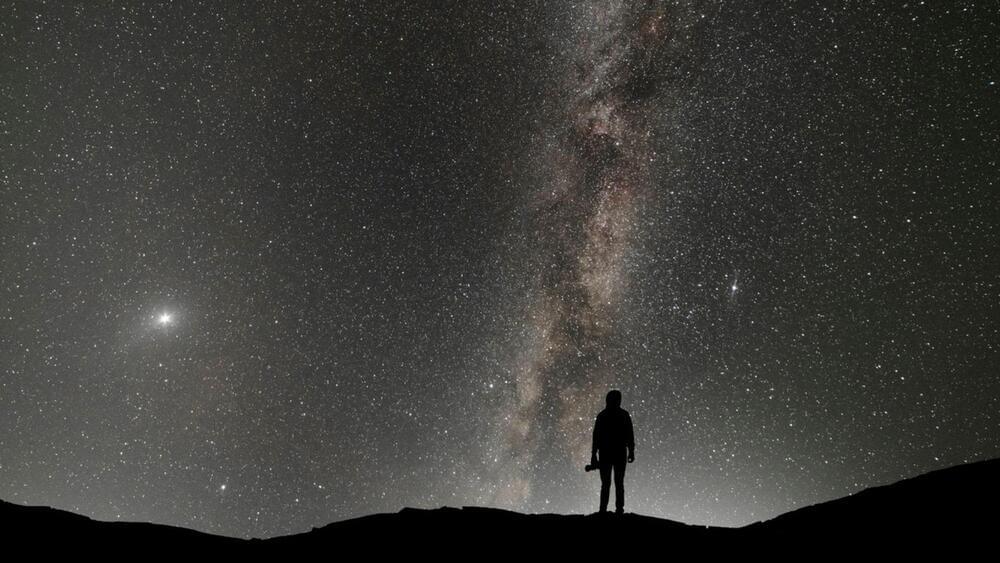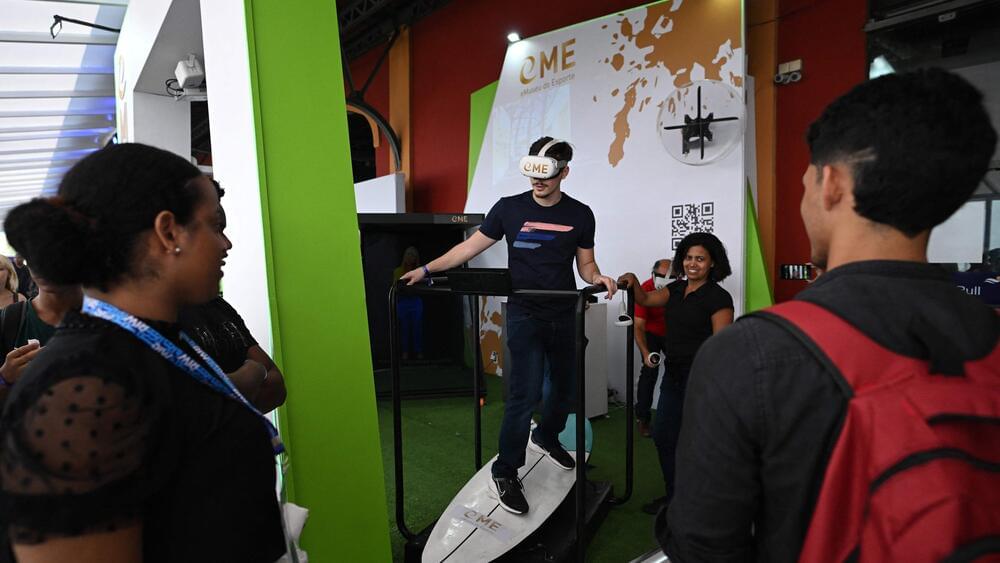Oct 13, 2023
Mystery effect speeds up the universe — not dark energy, says study
Posted by Dan Breeden in categories: cosmology, physics
Dark energy, one of the most controversial physics ideas, is getting another challenge. After all, if this force is supposed to make up about 68% of the mass-energy of the universe, where exactly is it? A new paper by a pair of Russian astrophysicists says dark energy simply doesn’t exist. Instead, they point to the mysterious Casimir effect as the explanation for the accelerating expansion of the universe.
The study, from Professor Artyom Astashenok and undergraduate student Alexander Teplyakov of the Immanuel Kant Baltic Federal University, takes issue with the fact that as far as dark energy’s suggested role, “no one knows what is it and how it works,” as remarks Astashenok in a press release.


















